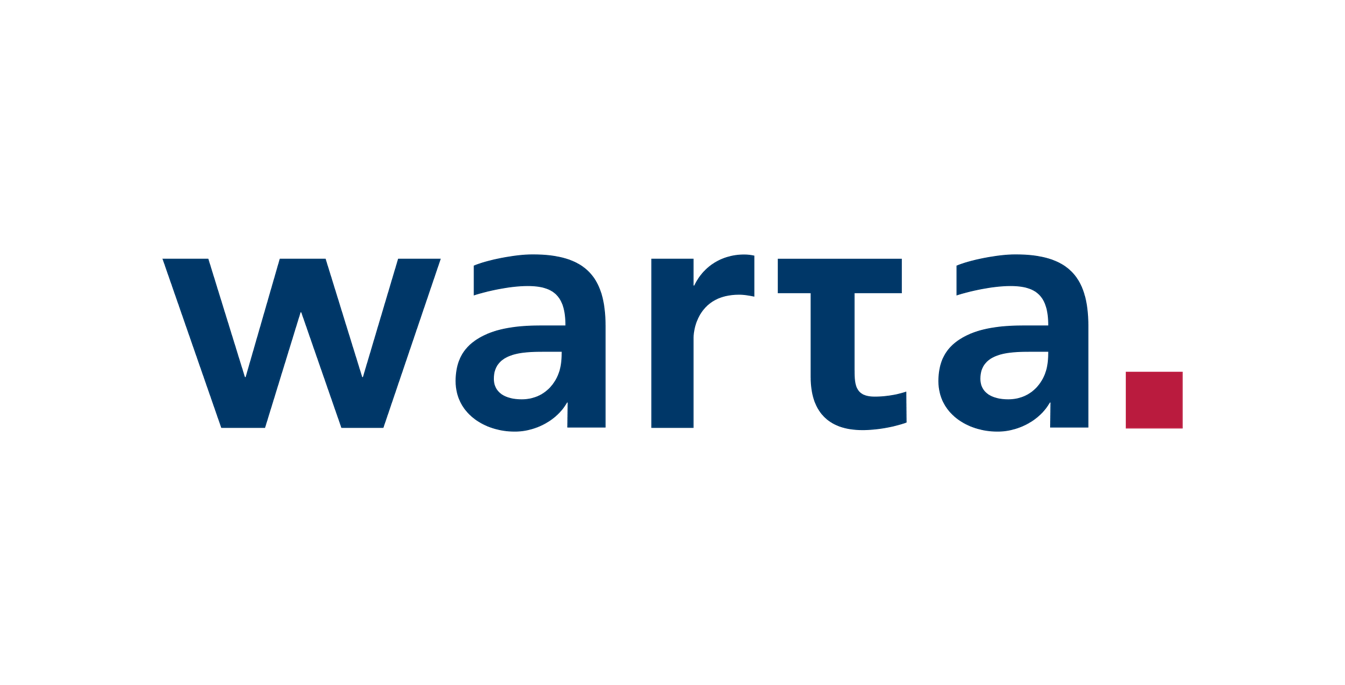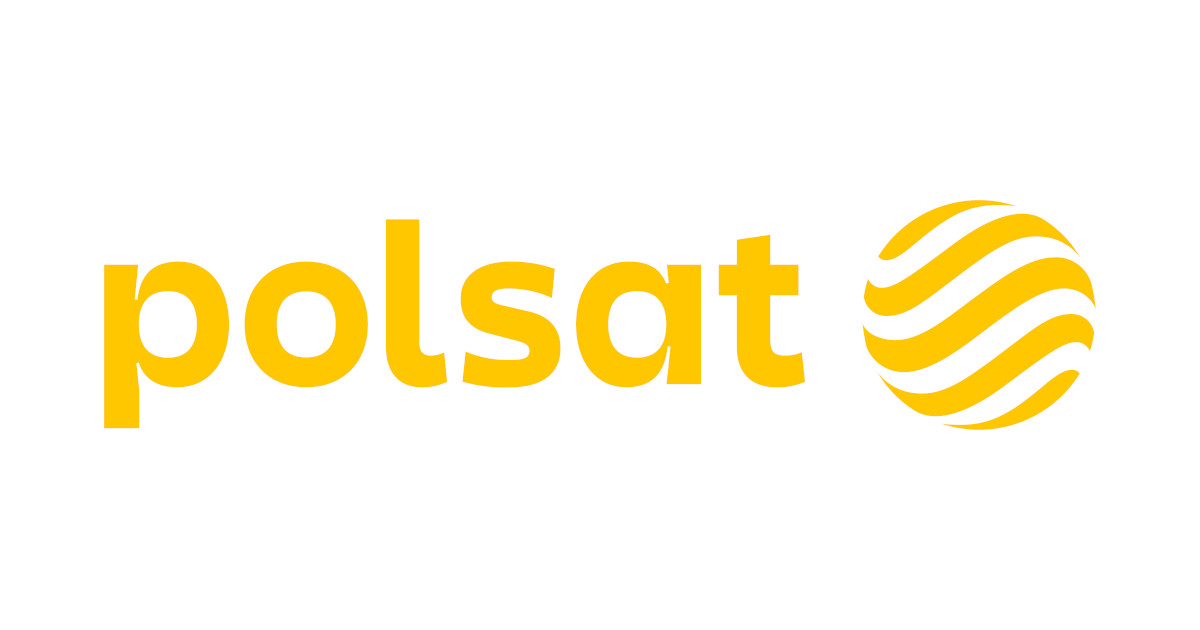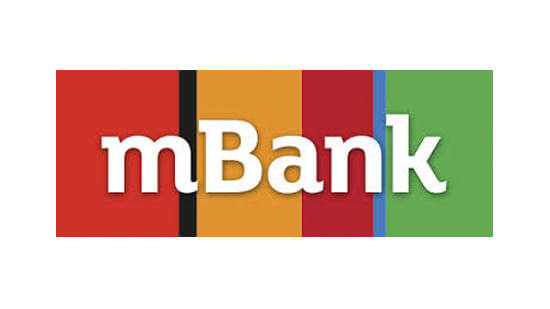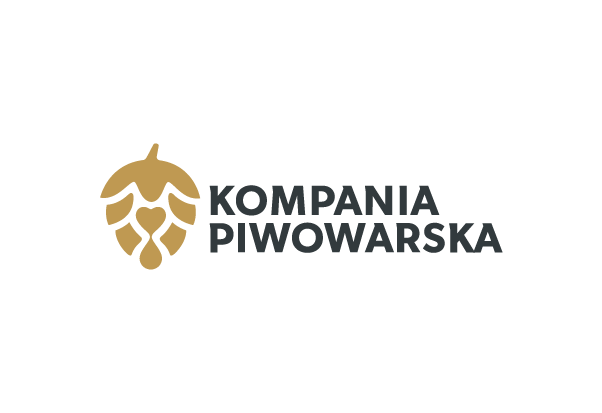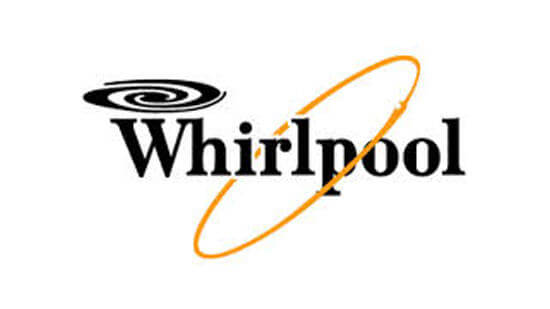SSC Accounting Academy – a course dedicated to SSC/GBS (Level I: Introduction to Accounting; Level II: Accounting Academy)
Kategoria: Rachunkowość/Controlling/Finanse, Szkolenia SSC/GBS
Employees of AP, AR, GL departments in SSC/GBS.
The aim of the entire course is to guide participants from the basics of accounting and financial reporting, including terminology and accounting principles, to more advanced aspects such as practical skills in maintaining accounting records and making entries in general ledger accounts and subsidiary ledgers.
In an accessible and understandable way, the basic principles of accounting. Participants will learn the essence of accounting and bookkeeping as well as selected tax aspects using numerous examples/case studies.
The course will facilitate participants’ understanding of complex accounting issues so that they can be more self-reliant in the future in the areas of accounting in which they specialise.
LEVEL I – is a basic level that primarily introduces participants to accounting terminology and concepts and will cover the theoretical aspects of accounting supported by many examples mainly in the areas of receivables and payables. The aim of this part is also to introduce a comprehensive overview of the balance sheet and the profit and loss account in such a way that participants understand the links between their work and other areas of the accounting books
LEVEL II – is a more advanced level. Its purpose is to consolidate the knowledge and skills acquired at Level 0 as well as to develop them in specific areas, i.e. understanding of general principles related to accounting, understanding of month-end closing procedures, accounting and calculation of allowances, confirmation of balances and collection of receivables, as well as other specific areas/aspects of accounting.
LEVEL I
Introduction to Accounting (Accounting Academy – a course dedicated to SSC/GBS
1. Introduction to financial accounting:
a) The accounting policy and chart of accounts – selection and application of accounting principles.
b) introduction to terminology – invoice, original / copy / duplicate invoice, credit note, interest note, direct debit, due date, payment terms, order, goods receipt, paper invoice vs electronic invoice, incl. without an electronic signature, invoice in the form of a pdf document, cost / expense, service, goods, sales, VAT receivable/ liability, purchase settlement account
c) Rules and functioning of: balance sheet, profit and loss and off-balance sheet accounts.
d) General ledger and use of supporting/ auxiliary accounting ledgers.
(+ discussion on the sample balance sheet and profit and loss account)
2. The principles and techniques of bookkeeping – a discussion on the principle of double-entry.
3. Flow of accounting documents:
a) Discussion on the procedures related to the circulation and acceptance of accounting documents, including a discussion on the principles of authorization and explanation of any discrepancies (invoices with an order and invoices without purchase orders) – entries on purchase settlement account – GRIR (explaining differences and analysis of open positions),
b) Discussion on the necessary elements for the accounting documents for the introduction of the book (receipt, sorting, scanning, assignment, booking, authorization, payment etc.),
c) Reading the accounting documents and purchase orders with understanding,
d) Types of payments, including automatic payments vs manual payments (urgent).
4. Overview of the rules and schemes of bookings for specific cases of purchase transactions [AP]:
a) Discussion of the rules for the functioning of the purchasing technical account GIRI,
b) Discussion of the 3-way matching process (order / invoice / payment),
c) PO – purchase orders,
d) Liabilities calculated in the form of cost reserves – deliveries not invoiced,
e) Liabilities due to invoices without receipt of delivery.
(+ example postings at individual stages of the purchasing process and matching documents in this process)
5. Circulation of accounting documents [AR]:
a) Posting a sales invoice,
b) Recording the payment for the invoice – partial and full payment received.
6. Specific topics:
a) Open positions of settlements, including customer credit and debit balances of suppliers – discussion of the existence and effects on the books of accounts,
b) Presentation of basic bookings in the general ledger (which are not entered by AP or AR: reserves, prepayments, accruals and interest booking – with discussion of the impact on the balance sheet and profit and loss account – month / period closing process),
c) Analysis of open positions in the AR and AP book,
d) Settlement of business trips of employees – documents and accounting rules,
e) The process of auditing the books of accounts – goals, participants, commitment and responsibility of the accounting, the most frequently used documents relating to liabilities and receivables in the audit process. (+ discussion with an example accounting workshop).
LEVEL II
Introduction to Accounting (Accounting Academy – a course dedicated to SSC/GBS
1. Accounting principles:
a) The principle of matching revenues with associated costs.
b) Accrual basis.
c) The precautionary principle.
d) The principle of individual valuation.
e) The principle of continuity.
(+discussion with examples)
2. Month closing [AP]:
a) Month closing procedures – detailed discussion with examples:
• analysis of open AP positions – reconciliation of accounts with suppliers (different kind of open positions on AP side (invoices, payments)/ analysis, explanation (methods and possible scenarios),
• analysis of open AP positions – purchase reconciliation account (methodology of analysis, explanation of differences and discussion on possible solutions),
• creating of provisions and accruals.
3. Sales recognition:
a) Sales registering process (goods, services, pro-forma invoices),
b) Discussion on revenue recognition principles (Incoterms) and allocation of sales to appropriate periods.
4. Receivable write-offs (impairment of receivables):
a) Reasons for recognition of receivable write-offs.
b) Principles of creating and accounting for receivable write-offs.
c) Tools used to calculate receivable write-offs:
• Detailed analysis of individual balances.
• Analysis of system reports – receivables aging reports.
(+analysis of a sample of trade receivables aging report and sample accounting for receivable write-offs)
5. Confirmation of collection of accounts receivables [AR]:
a) Sending and confirming of accounts with customers (legal requirement,
b) Analysis, preparation and sending of payment notice documents,
c) Phone contact with the customer to ensure receiving of payment,
d) Methods/ tools that help manage AR collection process.
6. Specific topics:
a) Presentation of booking schemes in the general ledger for selected transactions: revenue, provisions, prepayments, accruals and booking of interests, bank statements – with discussion of impact of these bookings on the balance sheet and profit and loss statement – month/ period closing),including:
• discussion on characteristics of tangible fixed assets, intangible fixed assets and depreciation,
• differentiating between CAPEX and current costs,
• booking of fixed assets purchases,
• booking of fixed assets sales including determining the result on sale,
• booking of depreciation and amortisation (incl. explaining the difference between amortisation and depreciation),
• discussion on prepayments and accruals,
• discussion on recognition of development costs (ex. know-how),
b) Results of financial audit – and its impact on accounting ledger (booking of auditors’ adjustments, possible audit opinions),
c) Self-invoicing, consignment invoices – discussion on characteristics of these documents,
d) Advanced payments matching (AR/AP):
• payment forms – bank transfers, bills of exchange, checks, compensations, prepayments/ advances,
• booking of payments received on customers’ accounts and matching these payments with invoices,
e) Trade rebates received – rebates adjusting costs. Discussion on calculation and booking scheme,
f) VAT settlement – presentation of VAT accounting on purchase and sales invoices, i.e. input VAT and output VAT. Discussion of the differences between the receivable and the tax liability due to VAT at the end of the month. VAT balance on invoices to be settled in subsequent periods:
• VAT payable, a VAT receivable,
• General VAT reconciliation principles. (+ example bookings),
• Reverse charge mechanism – general rules,
• VAT reconciliation periods – specific cases/ transactions (ex. utility costs).
g) Realized and unrealized forex differences:
• The accounting treatment of realized and unrealized exchange rate differences.
• Valuation of transactions expressed in foreign currencies in the accounting books (+ example bookings),
• Valuation of assets and liabilities expressed in foreign currencies as at the balance sheet date (+ example bookings),
• Foreign receivables write-offs.
*Programme protected by copyright. All rights reserved. Copying, reproduction and use of part or all of the information, programmes contained in the ADN Academy’s offer in electronic or other form without the author’s permission is prohibited.
Warsaw:
Level I: 19-20.09.2024
Level II: 16-18.10.24
• In Polish version.
• As a closed training, exclusively for employees of your organisation or centre.
Cost: 4680 zł + 23% VAT
Price includes:
• class attendance
• training materials
• certificate
• access to the training platform for 6 months
On-line (via Teams platform)
Each person registered must have a computer or other mobile device with a built-in speaker (optional camera and microphone) and Internet access.
The above-mentioned equipment does not oblige you to share your image, it is needed in order to actively participate in the training.
Timetable
Time: 10 a.m. – 3.30 p.m. every day
Do you have any questions?
Please, don’t hesitate to contact us.
Wioletta Świercz
tel. (22) 208 21 29 | kom. 504 435 986
wioletta.swiercz@adnakademia.pl

